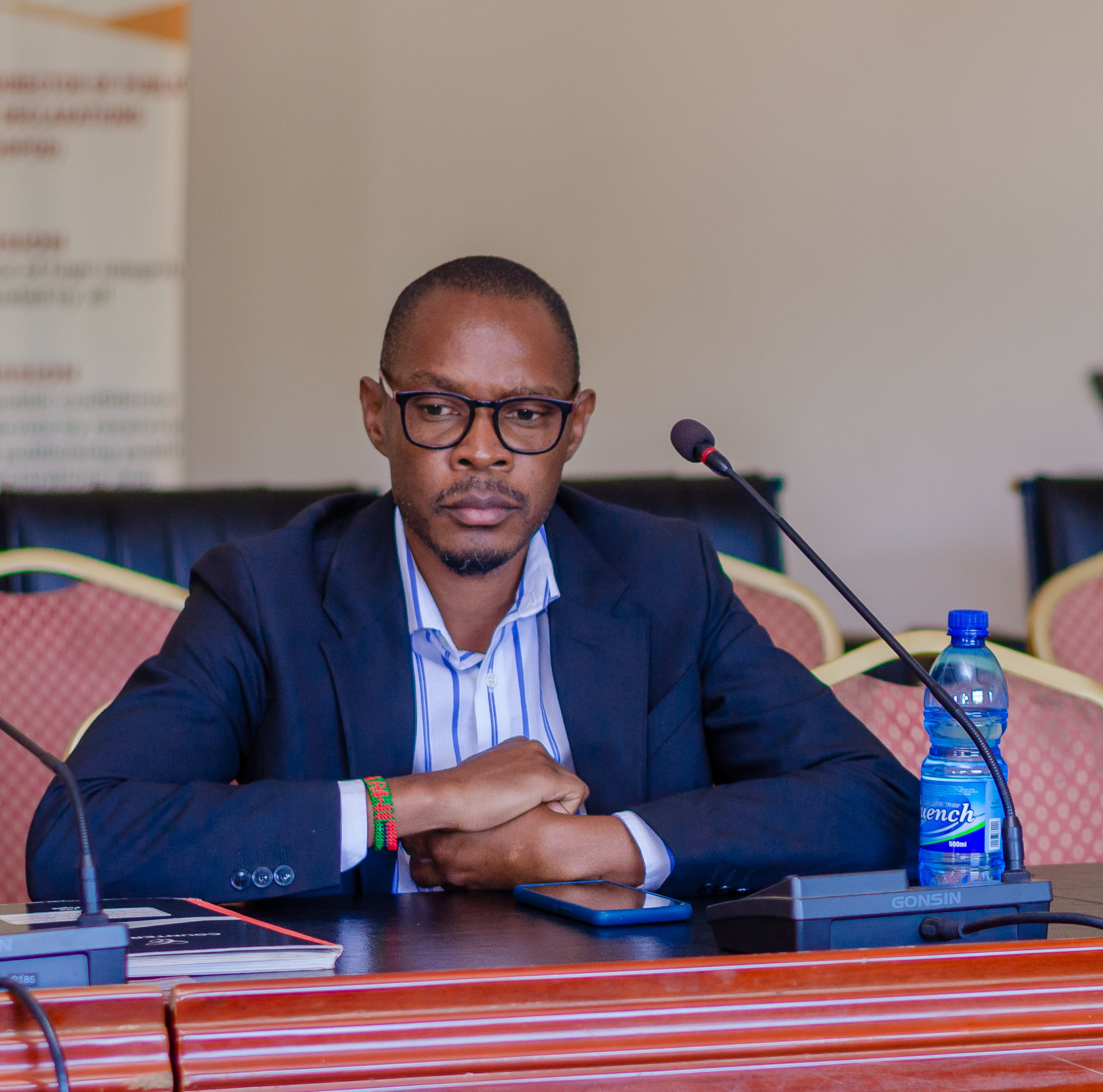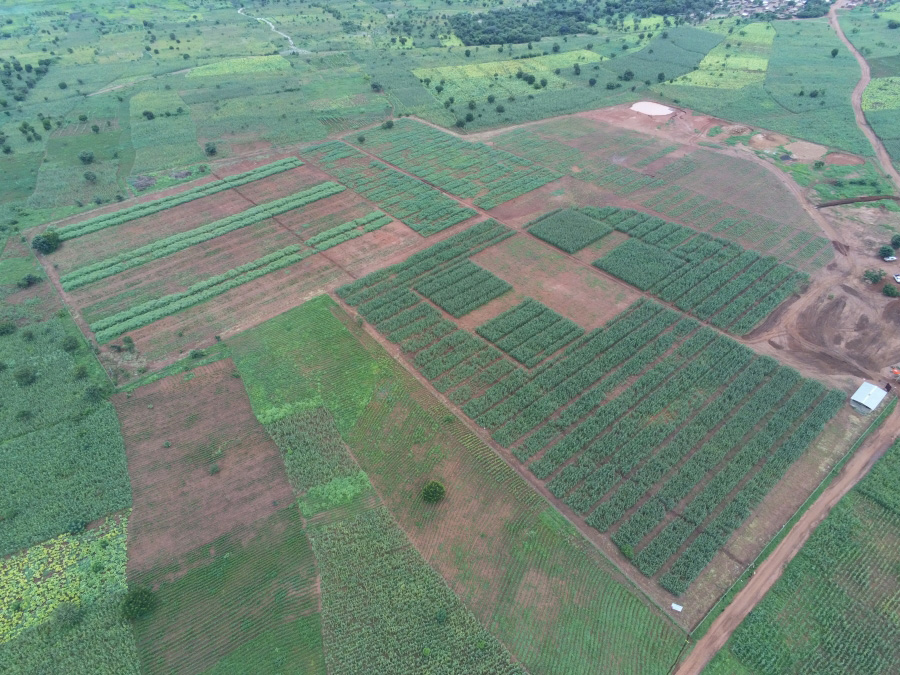ASX-listed Lindian Resources says it is now fully permitted to execute mine construction works at its Kangankunde Rare Earths Project in Balaka as it has all the licenses and permits to carry out the project including a water permit, mining licence, environmental and social impact assessment licence and an explosives permit.
CEO for Lindian Alistair Stephens says in a statement announcing receipt of the water permit that the permit allows the company to extract water for both the construction and operation phases of the mining project.
Stephens says: “We are pleased to have now received our final permit for Kangankunde. This is an important milestone and we now have all necessary licenses and permits in place for the construction and operation phases.”
“We are now close to finalising the feasibility study which will showcase Kangankunde’s considerable value, the low CAPEX (capital expenditures) and OPEX (operating expenses) nature of the project and its superior economics. More updates will be reported in the lead up to the feasibility study which will confirm these metrics.”
Lindian Resources has ownership of Malawian registered Rift Valley Resource Developments Limited that has 100% title to Exploration Licence EPL0514/18R and Mining Licence MML0290/22, supported by an Environmental and Social Impact Assessment Licence No. 2: 10: 16.
Kangankunde amongst World’s largest rare earths deposits
In August last year, Lindian announced a maiden Mineral Resource Estimate (MRE) for the project which peged the rare earth resource at 261-million tonnes averaging 2.19% Total Rare Earth Ore (TREO) above a 0.5% TREO cut-off grade.
The MRE placed Kangankunde amongst the world’s largest rare earths deposits and as such a globally strategic resource for long term security of rare earths supply.
Lindian’s Executive Chairman Asimwe Kabunga expressed excitement over the development saying the MRE positions the project as one of the focal points for parties seeking secure, long term supply of REEs.
He said: “Our maiden Mineral Resource Estimate marks a key milestone for Lindian and positions us as a major player in the global rare earths sector. We can confidently claim that Kangankunde is one of the world’s largest rare earths projects superior in terms of tonnage matched with excellent grade and containing a high percentage of critical metal elements neodymium-praseodymium (NdPr), and uniquely, material that is non-radioactive.”
“This makes the project highly attractive to parties seeking secure, long term supply, many of which have expressed an interest in Kangankunde’s material. Our focus now turns to locking in these offtake agreements and advancing construction of our stage 1 plant to deliver first product in 2024.”
Project enjoying strong backing from government, local community
In her previous tour of the project, Malawi’s Minister of Mining Honourable Monica Chang’anamuno MP expressed satisfaction over the progress that Lindian Resources is making towards starting mine construction.
She said Malawi needs investors like Lindian, who have the capacity to do much work within a short period of time, so that the country starts benefitting from large scale mining projects as soon as possible.
Chang’anamuno said: “Let me say that I am much impressed with what Lindian is doing here and with the plans they have that they want mine construction to start as soon as possible.”
“I think Lindian is not in the group of many other companies that keep on renewing their exploration licenses again and again to the extent that we even wonder if they will do the actual mining.”
“With Lindian it means the country will start benefiting from the project soon in line with the country’s 2063 Vision and its 10-year implementation plan.”
The Kangankunde Project is also enjoying strong support from the local community since despite that the project is yet to reach production stage, Lindian Resources conduct a number of corporate social responsibility projects in the area.
Speaking when the Company donated 100-desks and chairs to Kangankunde Primary School, Senior Chief Chanthunya and Group Village Head Makolera expressed excitement with the development and appealed to Lindian to continue assisting people of the area.
“Several investors came to Kangankunde previously but did nothing. Therefore, initially we suspected that Lindian is in that group but they have already proved that they are serious in pursuing the project and supporting the local community,” said Chanthunya.
Kangankunde Civil Engineering Design
A local civil infrastructure engineering group Infracon leads the civil engineering design team for Kangankunde Mine.
Civil works programs consist of:
- Detailed engineering design and upgrade of 5km of access road to the M1,
- Design and construction of a mining laydown area,
- Design and construction of a plant workshop,
- Design and construction of an administration building,
- Design and construction of civil works for the process plant area,
- Design and construction of bore water field pumping and storage,
- Design and construction of potable water supply,
- Location of a weighbridge,
- Design, construction and security of an explosives magazine,
- Design and construction of power plant and capacity (third party provider),
- Design construction and location of a Tailings Storage Facility (TSF),
- Civil geotechnical survey (completed),
- Planning for future expansion area allocation.
Mineralisation at Kangankunde
The mineralisation at Kangankunde is dominated by light Rare Earths of Cerium (Ce), Lanthanum (La), Neodymium (Nd) and Praseodymium (Pr). The total of Nd+Pr content in oxide form constitutes an average of 20.6% of the TREO in all holes reported to date.
All drill samples are routinely scanned on site for radiation with consistently low counts per second (cps) returned. These low readings are supported by the low radiation content of the rare earths bearing monazite mineralisation.
Kangankunde is a carbonatite with variable contents of iron oxide, manganese oxide and pink potassic alteration. To date all the carbonatite assayed has been mineralised with Rare Earths elements hosted in the mineral monazite. A typical monazite contains various quantities of light Rare Earths. The monazite at Kangankunde has an unusual variation including Rare Earths elements like Praseodymium (Pr) and low Thorium levels (Ce,La,Nd,Pr)PO4.




































